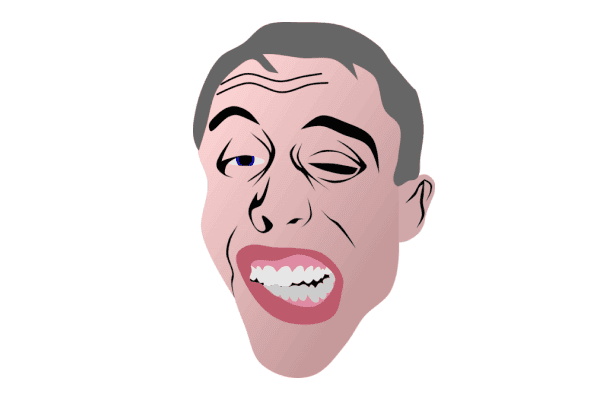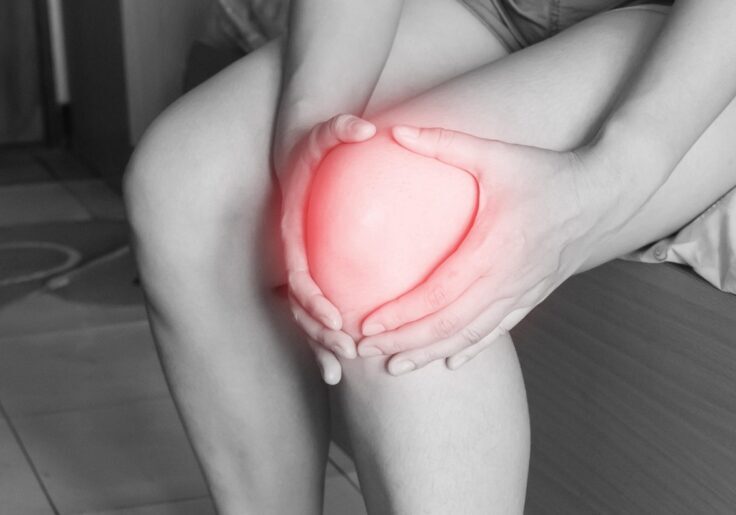
The temporomandibular joint (TMJ) is a complex hinge connecting your jawbone to your skull, facilitating essential functions like chewing, speaking, and yawning. However, when this joint becomes dysfunctional, it can lead to temporomandibular joint disorders (TMD) and orofacial pain, affecting millions worldwide. While TMDs can have various causes, physical therapy emerges as a non-invasive and effective treatment approach. In this blog, we’ll explore how physical therapy techniques can alleviate TMD symptoms and orofacial pain, restoring harmony and functionality to the jaw.
Understanding Temporomandibular Joint Disorders: TMD encompasses a range of conditions affecting the jaw joint, muscles, and surrounding tissues. Common symptoms include jaw pain, clicking or popping sounds, limited mouth opening, headaches, and facial discomfort. Contributing factors may include jaw misalignment, muscle tension, arthritis, trauma, or teeth grinding (bruxism). These conditions can significantly impact quality of life, affecting eating, speaking, and even sleeping patterns.
Physical Therapy Interventions: Physical therapy offers a comprehensive approach to TMD management, focusing on improving jaw function, reducing pain, and restoring mobility. Here are some key techniques used in physical therapy for TMD:
- Manual Therapy: Physical therapists employ hands-on techniques to manipulate and mobilize the jaw joint, surrounding muscles, and connective tissues. Manual therapy helps alleviate muscle tension, improve joint mobility, and reduce pain. Techniques may include gentle stretching, massage, or manipulation of trigger points.
- Exercise Therapy: Customized exercise programs play a vital role in TMD rehabilitation. Therapeutic exercises target specific muscles involved in jaw movement, strengthening weak muscles, and improving flexibility. Patients may perform exercises to improve jaw opening, stability, and control, gradually restoring normal function.
- Posture and Ergonomic Education: Poor posture and habits like teeth clenching or nail biting can exacerbate TMD symptoms. Physical therapists educate patients on proper posture and ergonomic practices to reduce strain on the jaw and surrounding muscles. Simple adjustments in daily activities can significantly alleviate pain and improve jaw function over time.
- Modalities: Physical therapists may utilize various modalities to complement treatment, such as heat or ice therapy, ultrasound, electrical stimulation, or dry needling. These modalities can help reduce pain, inflammation, and muscle spasms, enhancing the effectiveness of other interventions.
- Relaxation Techniques: Stress and anxiety often contribute to jaw clenching and muscle tension, worsening TMD symptoms. Physical therapists teach relaxation techniques like deep breathing, meditation, or progressive muscle relaxation to promote relaxation and reduce stress-induced muscle tension.
Benefits of Physical Therapy: Physical therapy offers several advantages in managing TMD and orofacial pain:
- Non-invasive: Physical therapy provides conservative, non-surgical treatment options, minimizing the risks associated with invasive procedures.
- Personalized approach: Therapists tailor treatment plans to individual needs, addressing specific symptoms and contributing factors.
- Empowerment: Through education and exercises, patients gain a deeper understanding of their condition and learn self-management strategies to prevent future flare-ups.
- Improved function: Physical therapy aims to restore normal jaw mechanics, allowing patients to resume daily activities without pain or limitation.
- Long-term relief: By addressing underlying issues and promoting self-care, physical therapy can provide lasting relief from TMD symptoms.
Temporomandibular joint disorders and orofacial pain can significantly impact quality of life, but physical therapy offers a holistic approach to manage these conditions effectively. Through a combination of manual therapy, exercise, education, and modalities, physical therapists empower patients to regain control over their jaw function and alleviate pain. By addressing the root causes and promoting self-care strategies, physical therapy promotes long-term relief and restores harmony to the temporomandibular joint. If you’re experiencing TMD symptoms or orofacial pain, consider consulting a physical therapist to explore your treatment options and embark on a journey towards healing from within.


